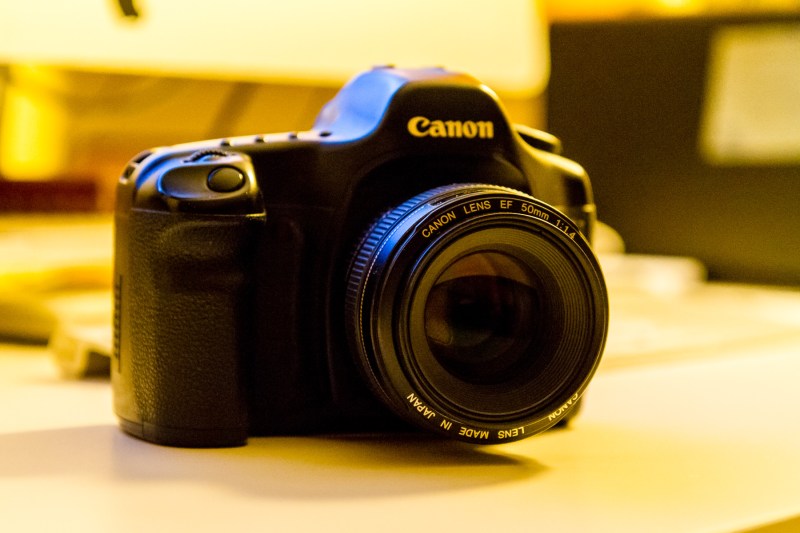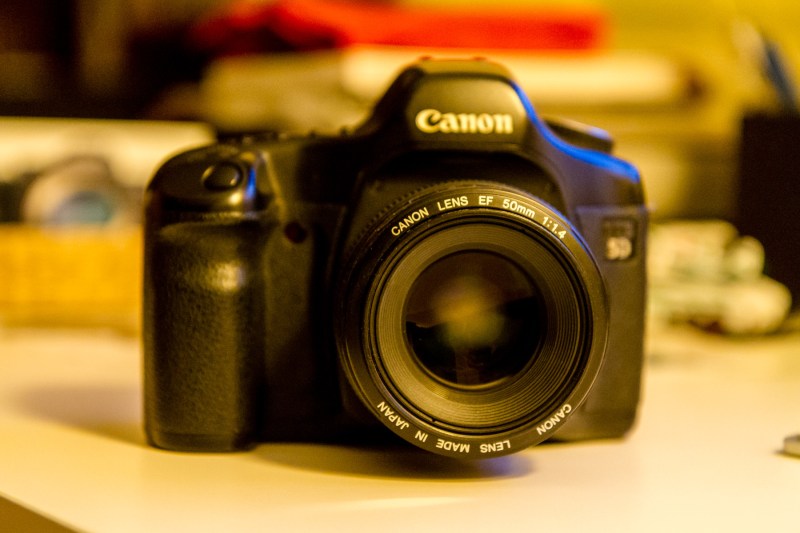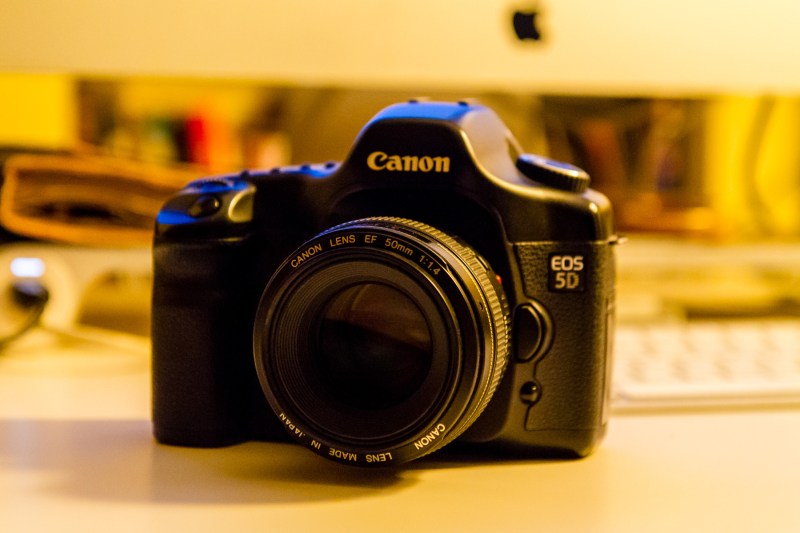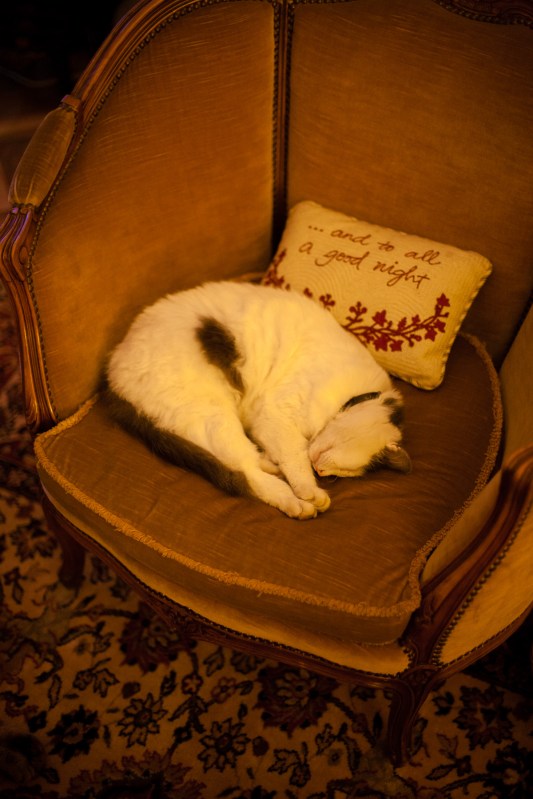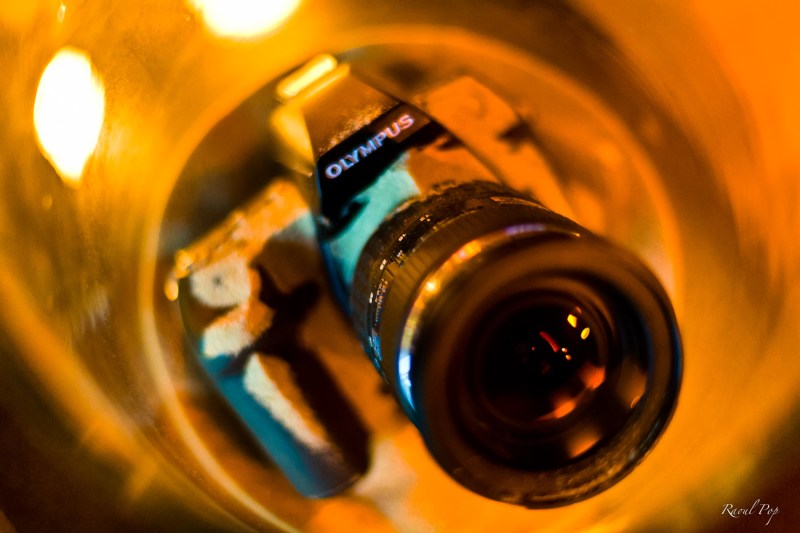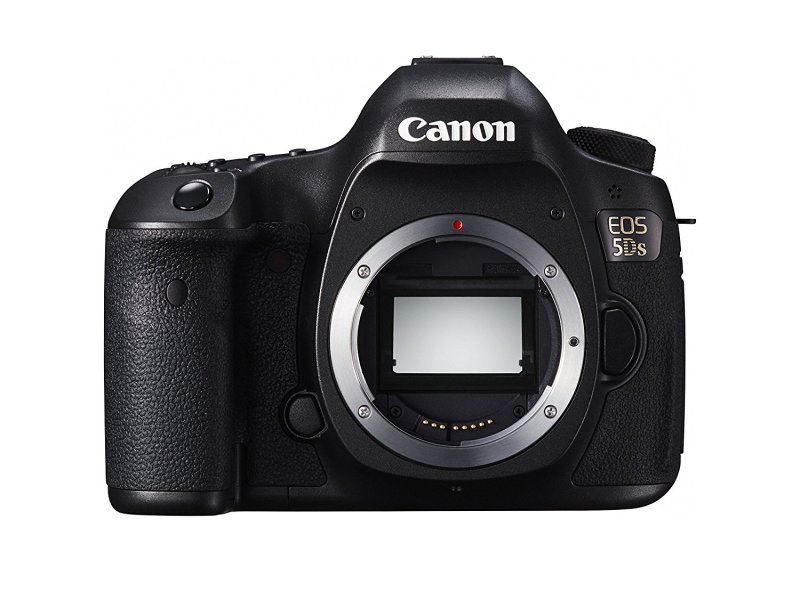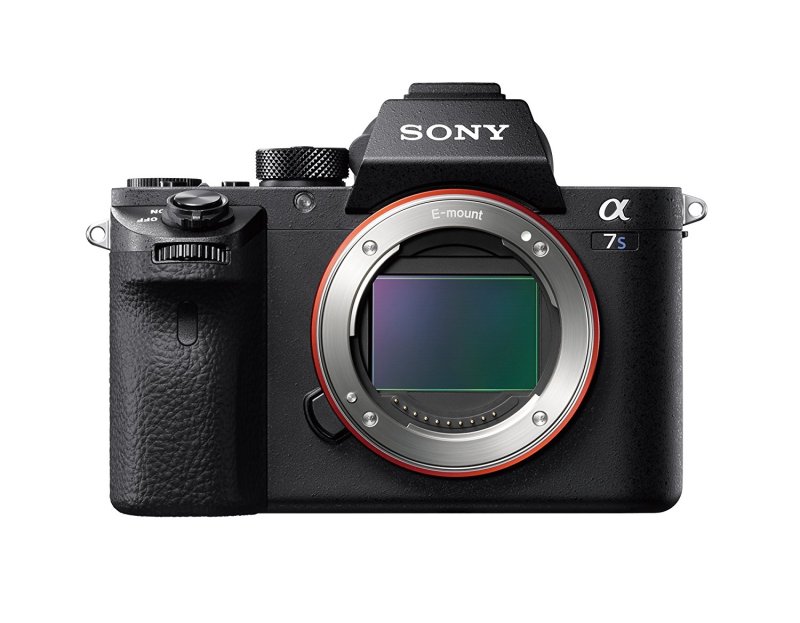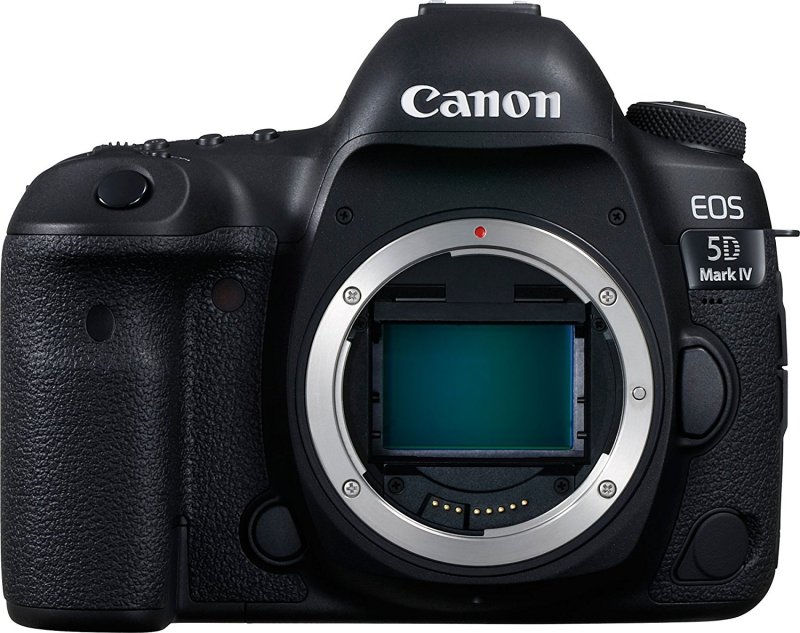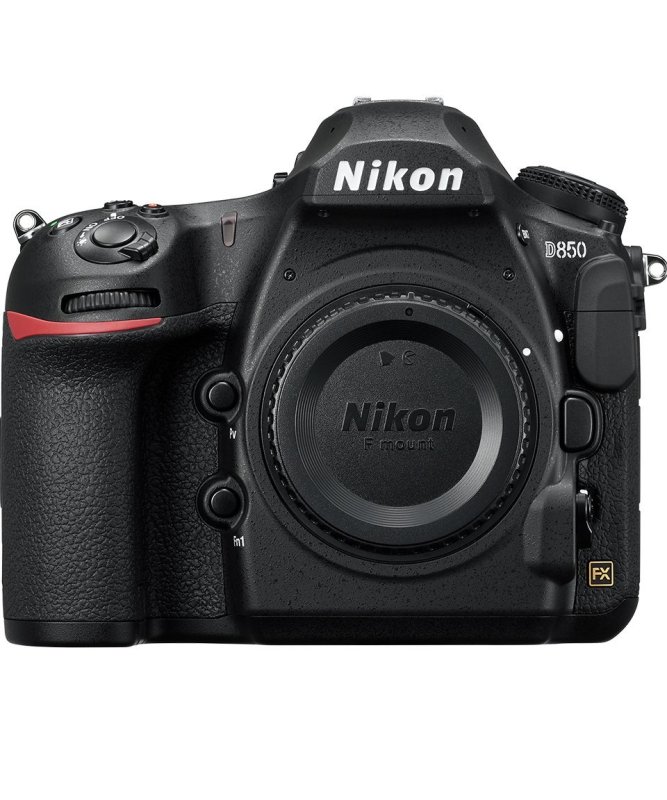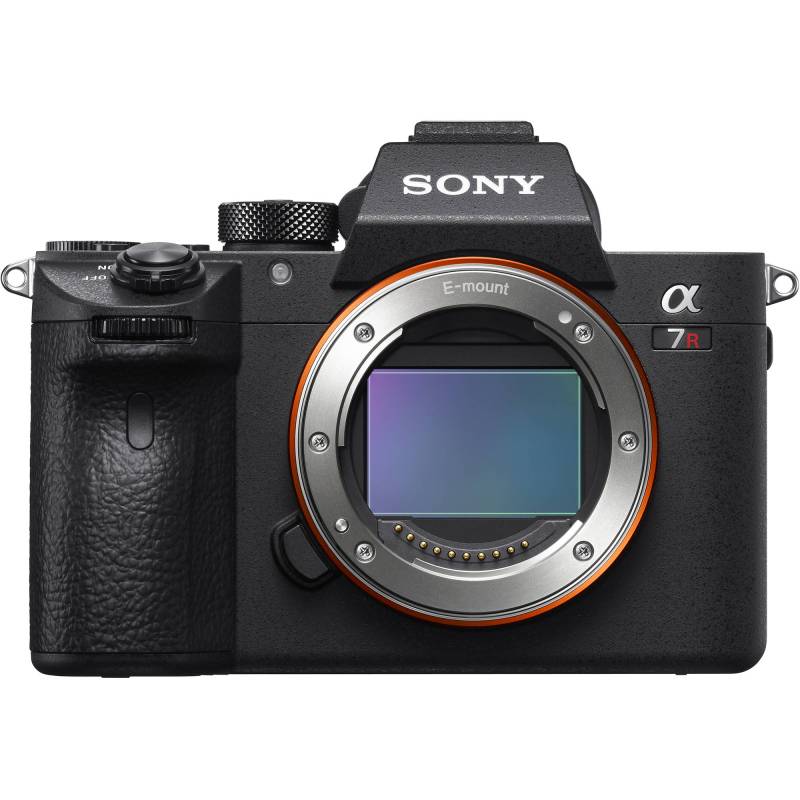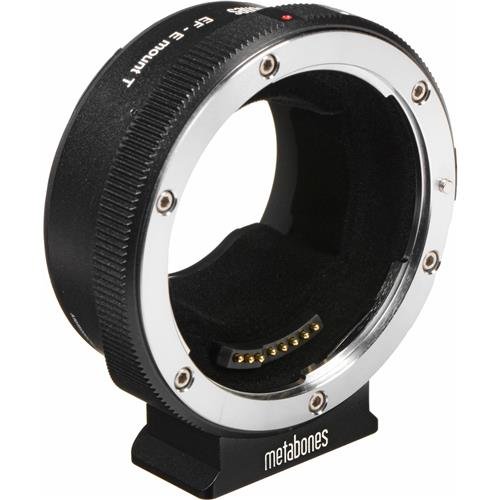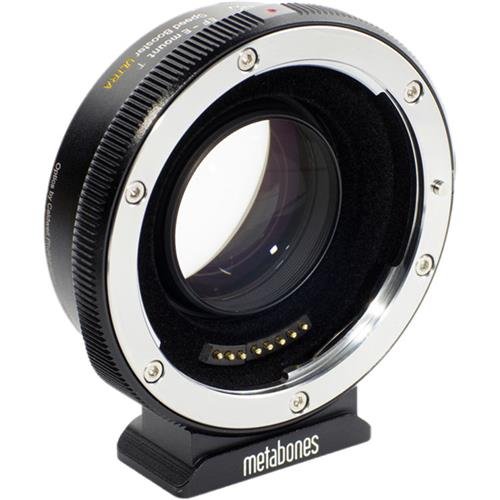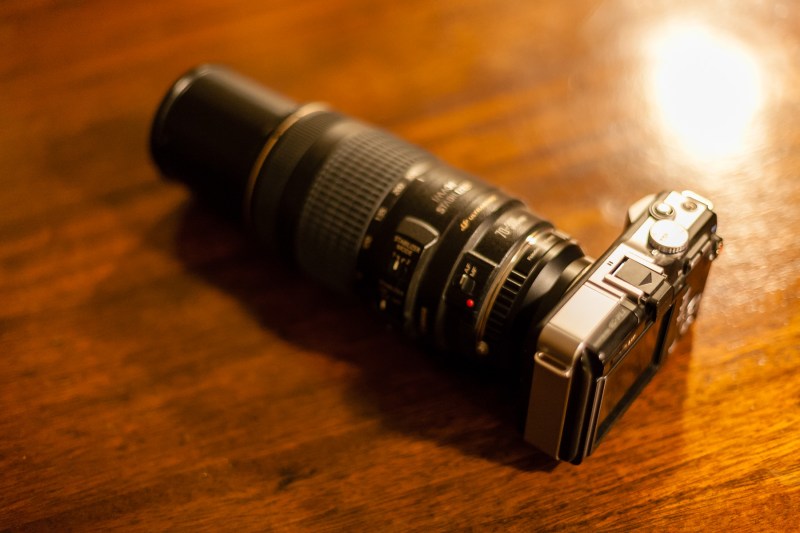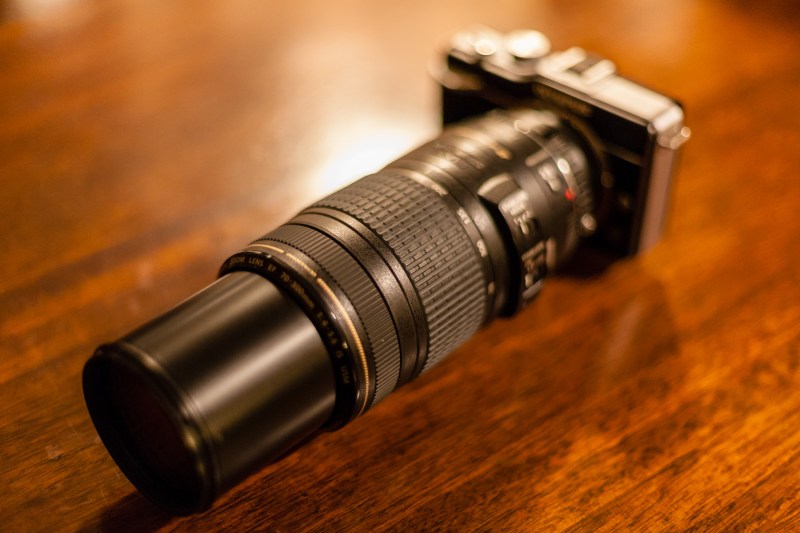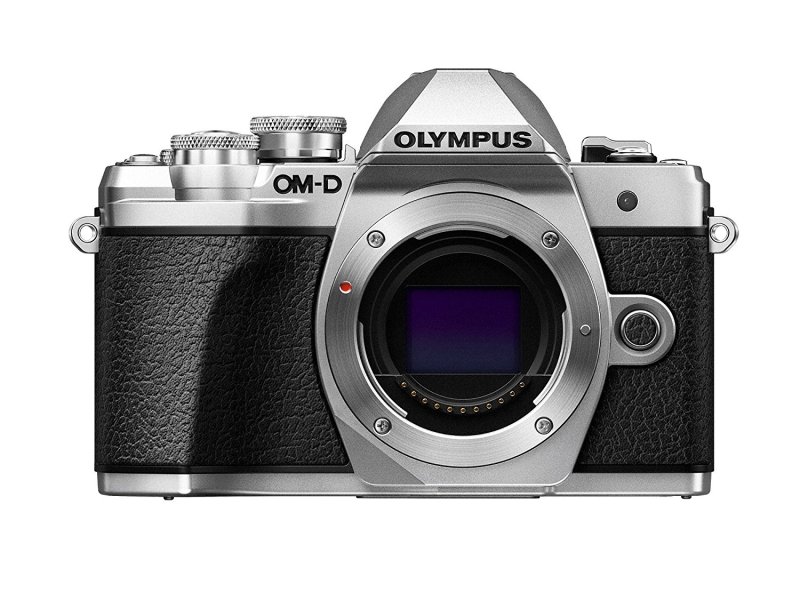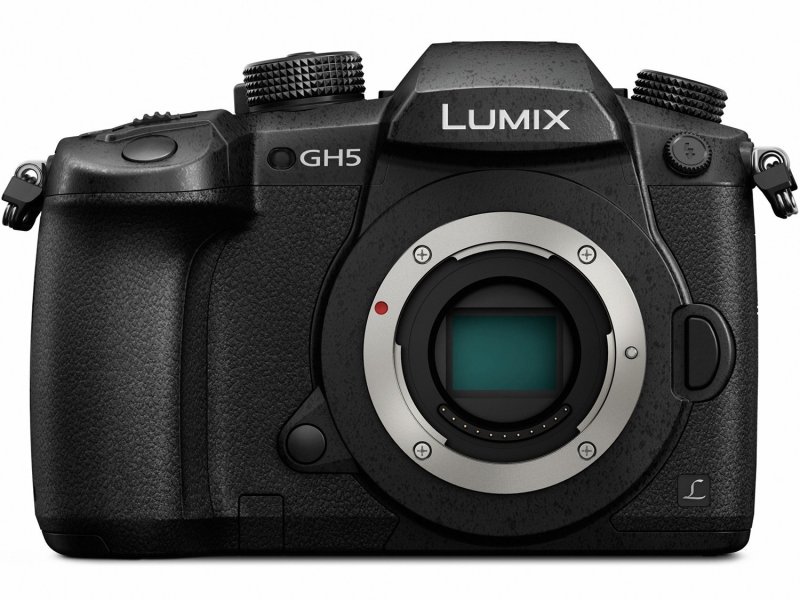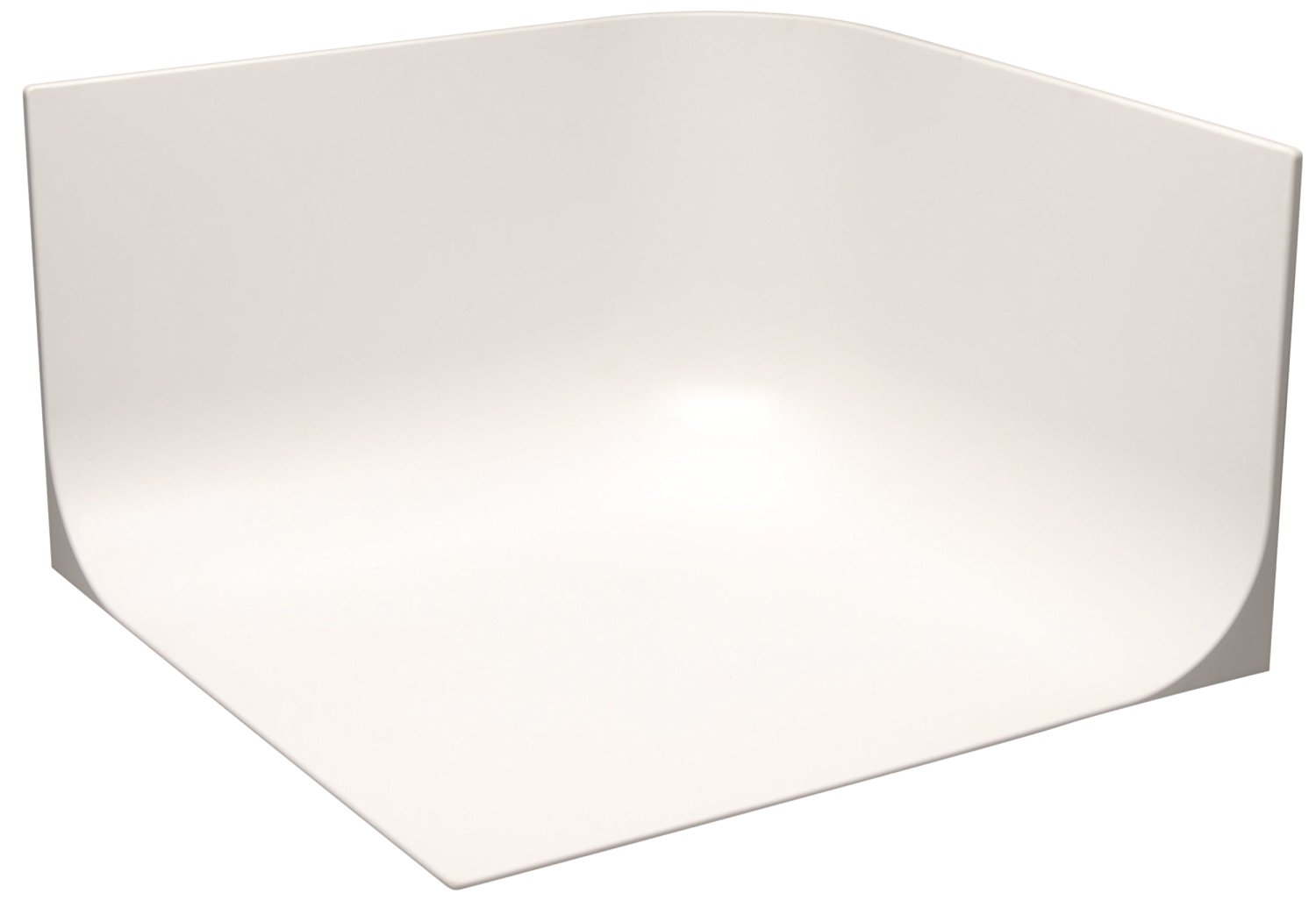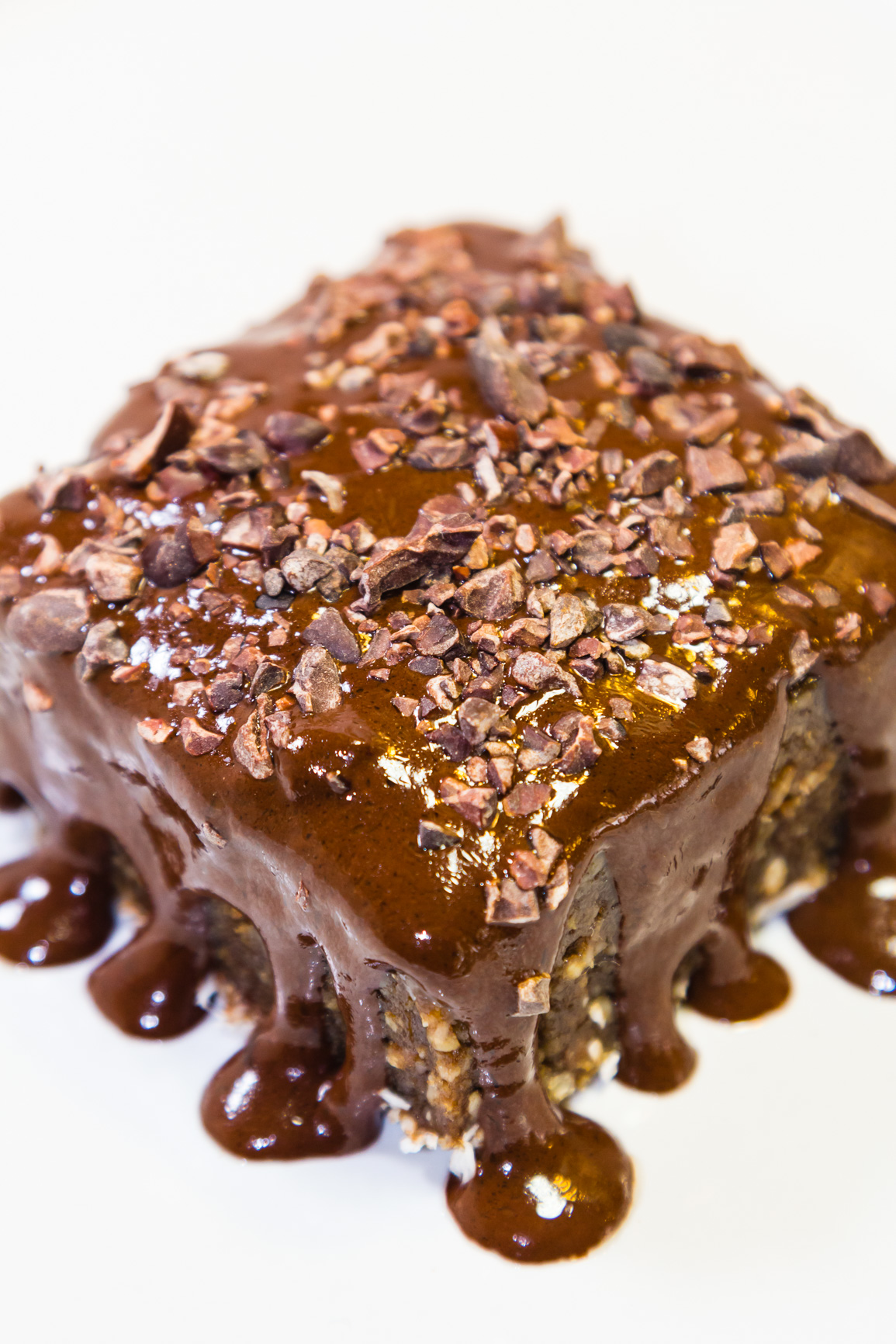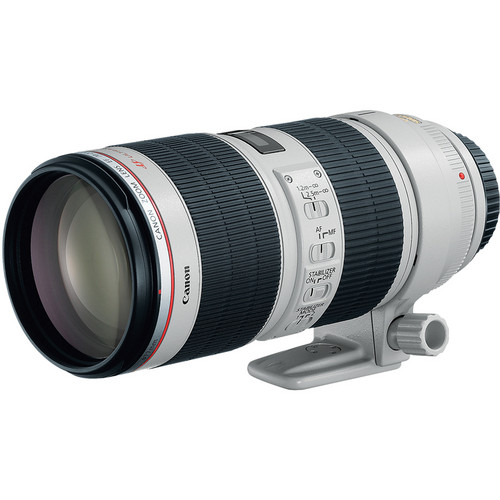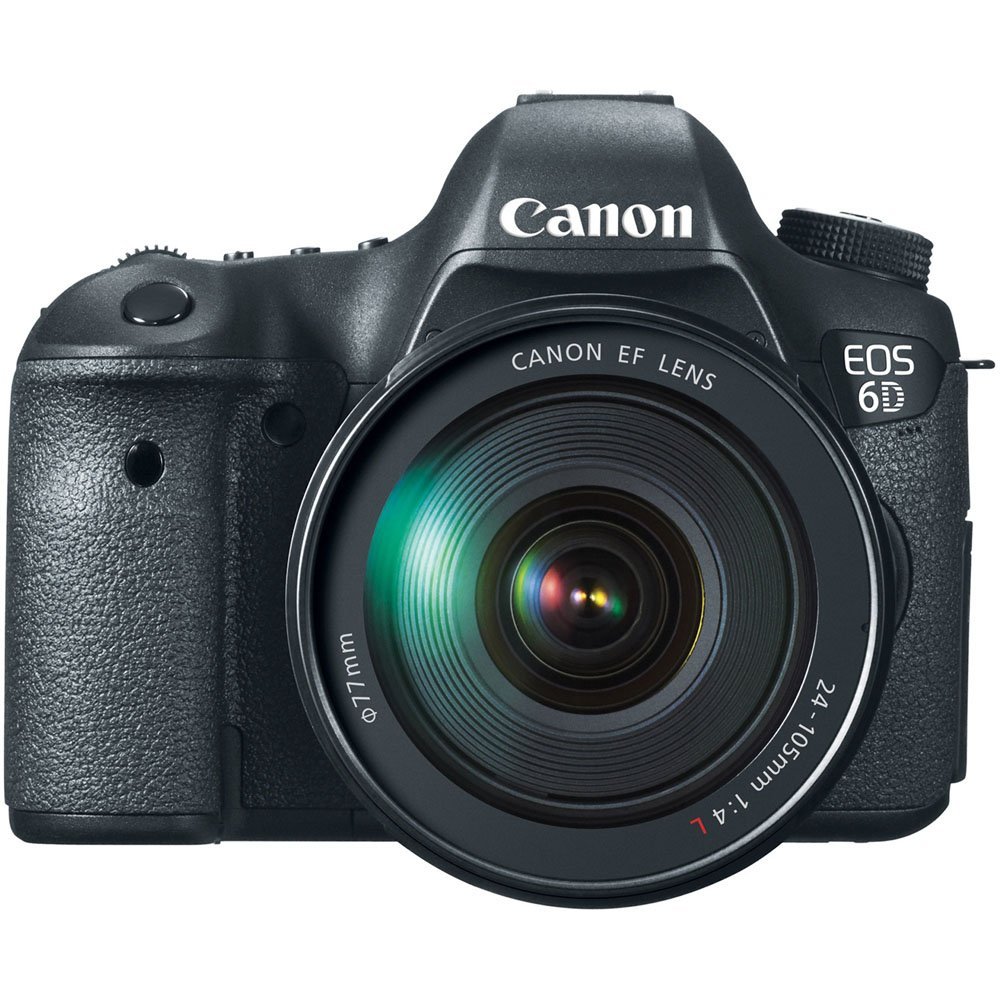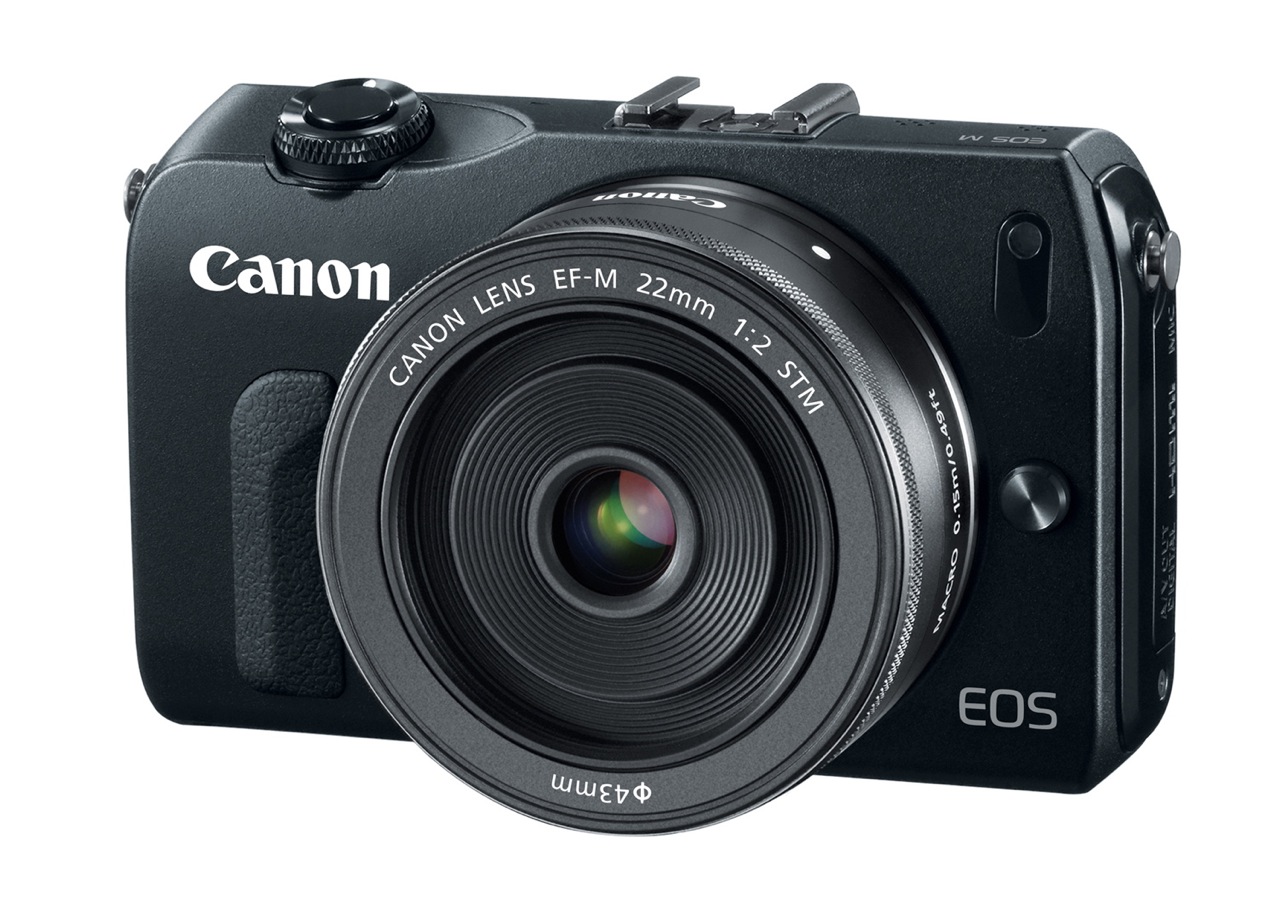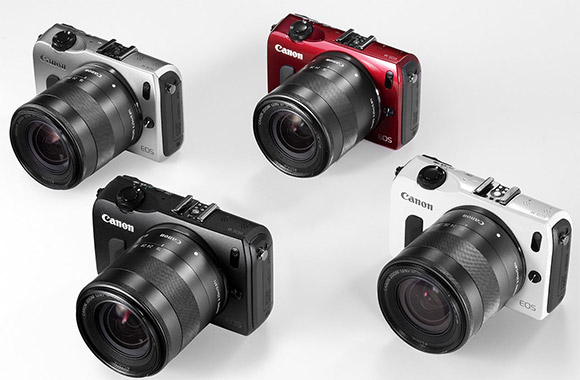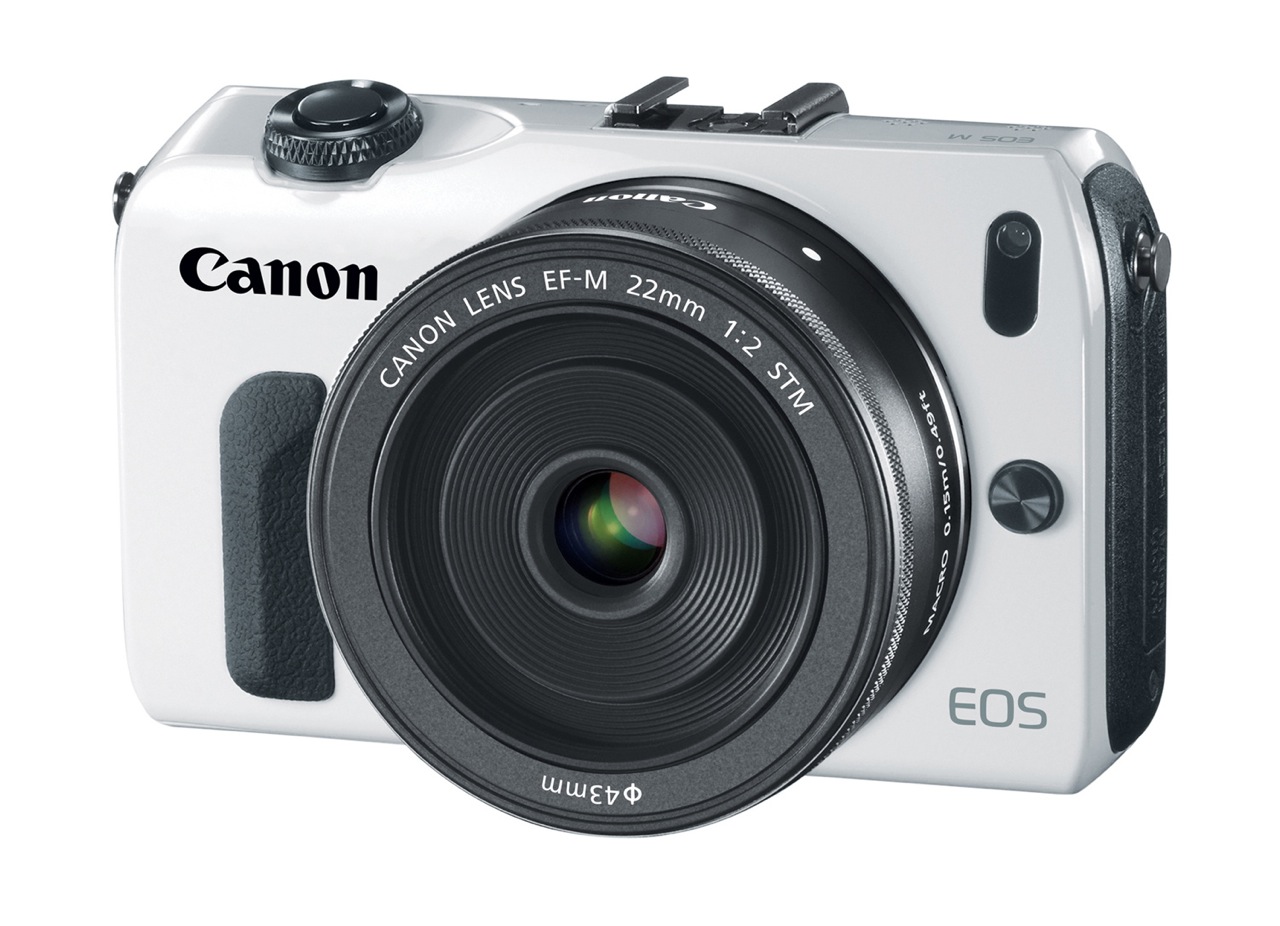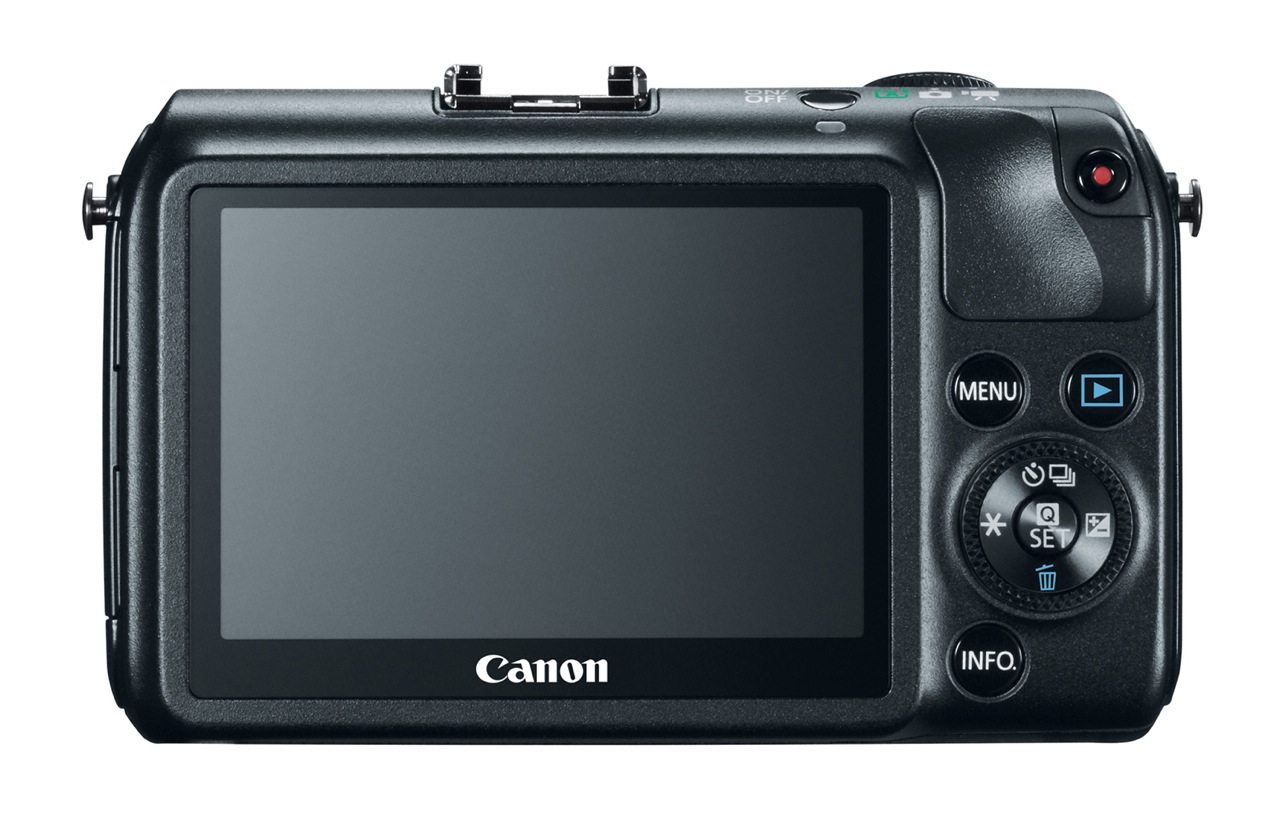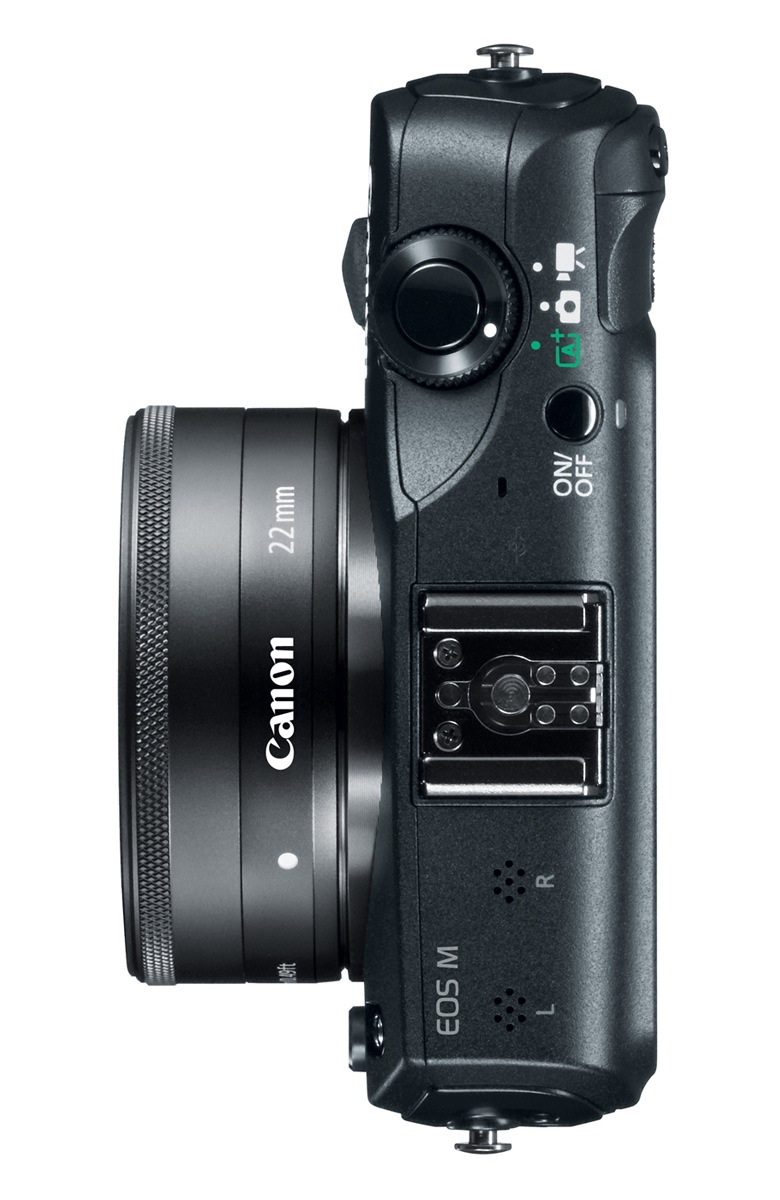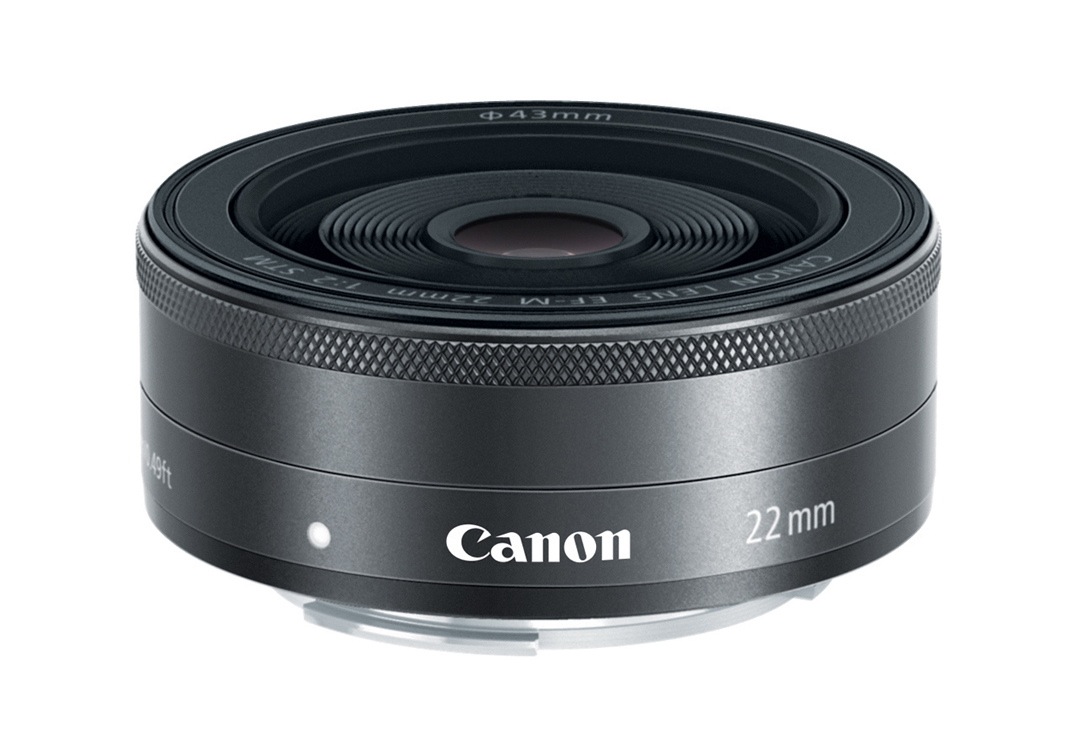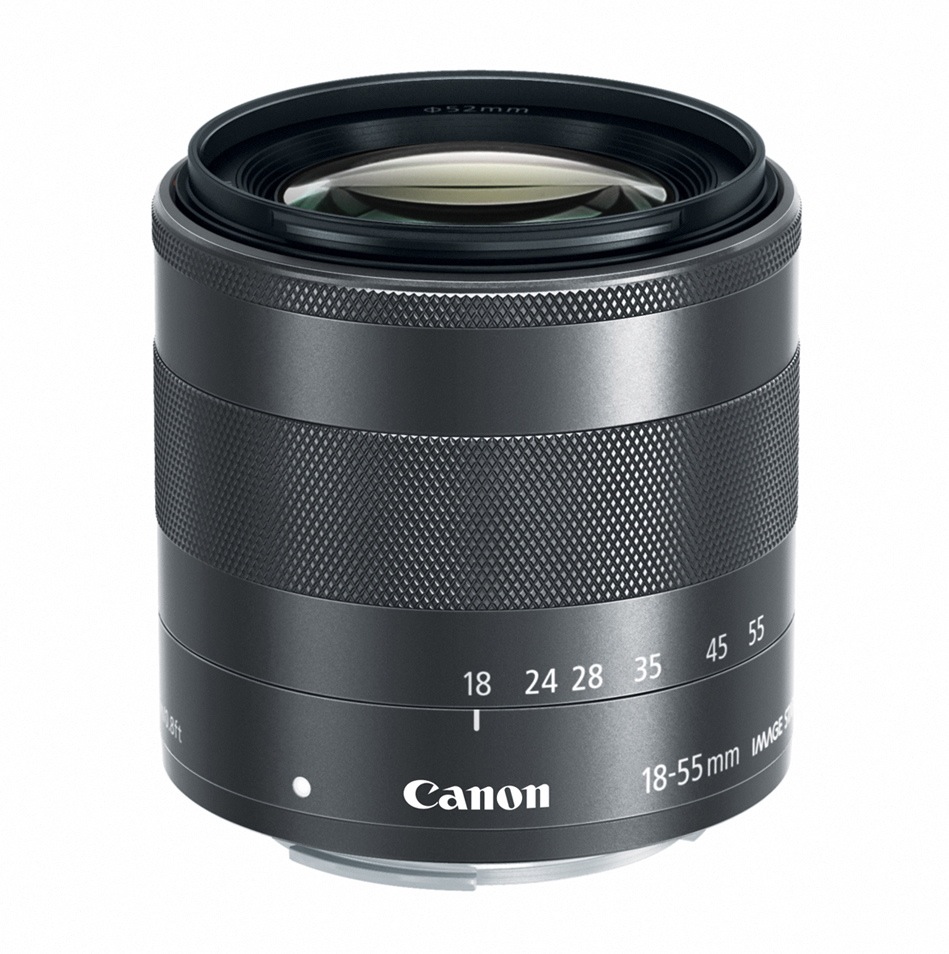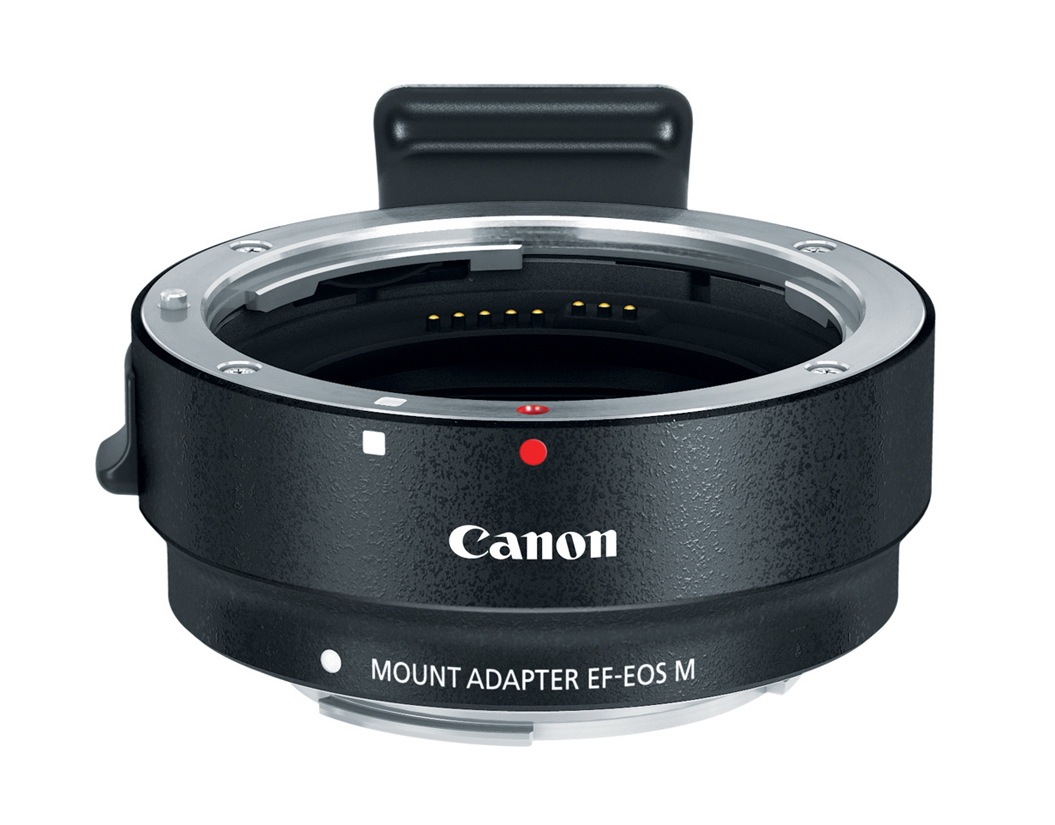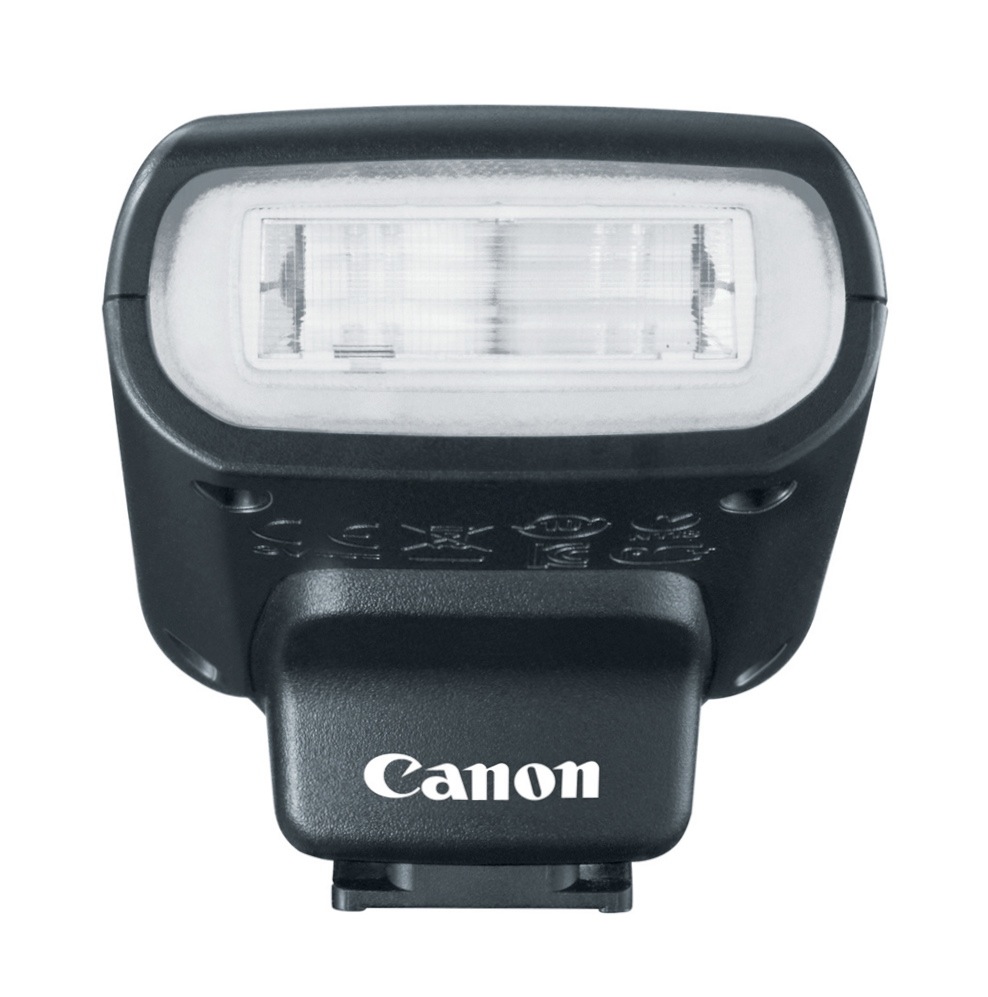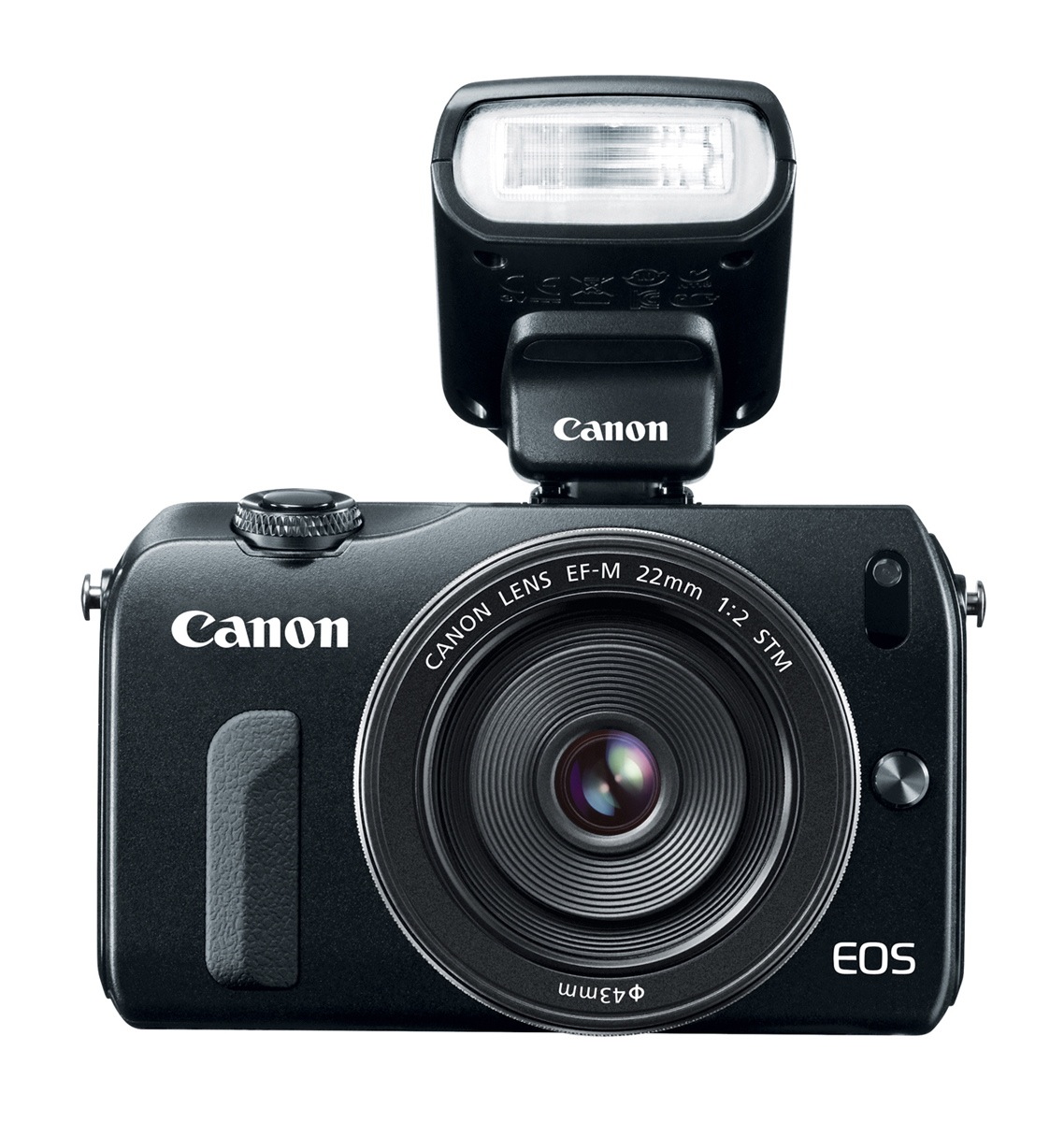I have been doing research lately, because I want to purchase a new camera (maybe a couple of them, not sure yet), so I thought I’d put together my thoughts on full-frame cameras available these days. Before we get started, I need to make it clear from the get-go that there is no absolute best camera out there anywhere. There are however, best cameras for various needs. What I’m going to be talking about in this article is full frame cameras available right now (in 2018), best suited for my needs as a professional photographer and videographer, and I will detail those needs below. Should you not have the patience or the time to read through this entire review, skip to the end for my recommendation.
What I can tell you about me is that I’ve been keenly interested in photography since college (that’s more than 20 years ago). I’ve shot on 35mm film and APS film and when digital cameras arrived on the market, I started buying them and shooting with them, even back when they only offered 3 megapixels and an ISO range of 100-400. If I look in my Lightroom catalogs under the camera metadata, I see over 70 of them listed there. Also, my photographs have been published in 10 printed books (recipe books, health books and other literature) and have also been purchased as prints and licensed for commercial use. I am known commercially as a food photographer 😯. Yeah, go figure! Do you see any food photography in my photo streams or on my social media? Nope. It’s in the printed books though.
If this preface makes what I’m about to write here relevant to you, good, read on. If not, by all means, look elsewhere, there are a ton of websites that review cameras out there, and the market for this kind of subject has grown tremendously in the last several years. As a matter of fact, I feel that there are a little too many websites and people giving their mostly unqualified opinions on cameras these days and they’re muddying the waters.
From 2008 onward, I have used (mostly) Canon cameras. I have three Canon DSLRs (a 5D, a 7D and a 60D) plus a PowerShot G10. I have other cameras (Olympus, Minolta, Kodak), but so far, I’ve shot most of my photographs with Canon. In 2007, I fell in love with the original 5D. It may sound strange to fall in love with a camera, but the 5D was (and still is) a combination of beautiful design and features that made it irresistible to me. I thought this camera was the cream of the crop and it truly was back then.
I wasn’t the only one to think so, seeing as how Canon has not changed the exterior design of the camera through 4 subsequent generations (Mark II, Mark III, 5DS/5DSr and Mark IV). Why mess with a good thing, right? The design is gorgeous, even after all these years. Have a look at a few photos of my 5D taken last night. Isn’t it a beauty?
I still actively use my 5D. I take it out of my equipment cabinet every once in a while to take photos with it, and then I don’t want to put it back. I want to keep it on my desk so I can look at it as I work. It has performed just as I expected it to perform all these years: superbly. I had to send it in for service twice: once to replace the shutter (I had taken somewhere between 75,000 – 100,000 photographs with it at the time) and on another occasion, to fix the hotshoe, because the rails had become loose and my speedlites weren’t making proper contact.
Here’s a photo I took yesterday. I love this camera!
While I’m talking about my love for the 5D, I was once invited to the launch party for the Olympus E-3 flagship DSLR and I brought my 5D along to take photos of the event. The 5D was my best camera at the time and I wanted to make sure I could take quality photographs of the event.
As I was talking with some of the Olympus folks, they asked me what I thought of the E-3. My answer was: “It looked great so far and that I looked forward to reviewing it in the field, given that it was up against some tough competition from my 5D, which I loved.” Yeah, that was a smart thing to say… 😬 To my credit, I had just bought the 5D a few months back and I really did love it. Guess how many more invites to Olympus launch parties I got afterwards? ⛔ When I requested the E-3 for my hands-on review, repeatedly, after I’d already published a preview post, their polite answer was that “there were a limited number of review units and they were all out on loan”. Ouch! 🚪 As the Soup Nazi would say, “No camera for you!” 🙅🏻♂️
However… and I think you expected this “however” after the long setup… after 10 years with my 5D and several years with my other DSLRs, I am now at an impass. I need a new professional digital camera that meets the following two criteria:
- Takes high-quality, high-resolution images and
- Shoots 4K video (proper, high-quality 4K video)
I’m looking at cameras with sensor sizes up to full frame. I don’t want to move to a medium format sensor just yet, for reasons I can perhaps detail in another post. So I have some tough choices to make. If you’re in the same boat, maybe this post can help you decide.
This impass is also partly caused by Canon. Just this past week, I tried sending my 5D in for a professional sensor cleaning, because it’s got some dust spots that I just can’t clean off with sensor swabs, only to be told that the 5D is no longer being serviced as of September 2015. Canon has stopped providing parts for it and has apparently instructed Canon-authorized service centers not to service it, not even to clean the sensors 😡. I’m willing to pay to service my camera but Canon doesn’t want to service it! The camera still works great, but according to Canon, I can just chuck it away. Should something go wrong with it, it becomes e-waste. Thanks a bunch, Canon! 😠
Given that I love my Canon 5D and I like (not love) my 7D and 60D, which are my workhorses these days, and that I’m heavily invested in Canon gear (EF and EF-S lenses, speedlites and transmitters, extra batteries, extra chargers, cable releases, etc.), I naturally would like to get a Canon camera. The more research I do though, the more I realize that it would not be the best option for me right now.
I want a full frame camera. I love the dimensionality and quality of the photos that I get with it. I can’t quite put my finger on what it is that I love about the photographs from a full-frame camera, but they’re good. I know, I’d probably love a medium-frame sensor even more… Maybe at some point in the future…
Let me offer a quick explanation of resolution and sensor size, because it’ll set the stage for some of the choices I have to make. A camera with a full frame sensor can offer more resolution because there’s more surface on the sensor for the pixels. It can also offer a higher ISO range, but there is a trade-off between higher ISO and higher resolution. At the current time, there are limits to both values and it has to do with the surface area of the sensor. If you take a 35mm (full frame) sensor, you can get more resolution from it, but you’ll have to squeeze more pixels in there (hence the term “mega-pixels”). The smaller the area for each pixel, the less light it can see, so that means that you’ll run into limits on the ISO range, because collectively, all those tiny pixels won’t be able to see very well in the dark. You can push the ISO up, but you’ll only get more noise. The algorithms baked into camera processors get better every year and consequently, they can better interpret the signal received from the sensor and you can thus push the ISO range higher, but only so far before you get digital garble. That’s why the Canon 5DS has a 50 megapixel resolution and an ISO limit of 6400, while the Sony a7S II has a 12 megapixel resolution and an ISO limit of 102400.
The Sony can literally see in the dark, that’s how good it is. You can sit out in pitch darkness, put it on manual focus, hold it in your hand, take a photo, and the camera will actually see what’s around you (providing you’re using fast glass)! Both are full frame cameras, but since the Sony a7S gives me the same resolution as my current Canon 5D, it’s not my optimal choice. Now, the frame rate also plays into why the a7S and some other cameras offer lower resolution (and higher frame rates), but let’s not complicate matters. I don’t need a camera with an incredibly fast frame rate, because I have no interest in sports photography.
When the Canon 5DS came out, I was speechless. Here was a camera that offered 50 megapixels from a full frame sensor and the quality of the photographs was not questionable. 50 megapixels is medium-frame territory! But did it shoot 4K video? No. It did not meet my second criteria. So if I got it, I would also have to get a separate camera (or cameras) in order to shoot 4K video for our web shows. I don’t know about you, but not only do I not want to have a large inventory of equipment that needs to be mastered, operated and maintained, I also don’t want to spend a small fortune equipping my studio, given how ephemeral digital equipment can be (see what Canon did to my 5D above, it discontinued support even though a LOT of original 5D cameras are still working). Also, different brands require different lenses (this is an aspect that I’ll address a bit further down the page), so not only would I have to get more cameras, but more lenses and accessories for them, and that means an even greater budget.
Then the 5D Mark IV came out. Here was the answer to my dilemma, or so I thought… But Canon decided to give it 30 megapixels (after they had successfully shown that they could offer 50 megapixels two years prior). I am fully aware that 30 megapixels is quite a lot in and of itself, but there are other full-frame cameras on the market which offer significantly more resolution at the same price and the same (some would say better) image quality. And while the camera offers 4K video, it is encoded in Motion JPEG, which is not an ideal video codec. There’s been a lot of discussion online about this (here’s one example). Remember when Nikon first started to offer HD video on their DSLRs, what seems like ages ago? It was also Motion JPEG and people were groaning and complaining about that to no end, while others were saying we should be happy they’re offering it at all. Well, now it’s my turn to groan and complain about this thing, while others are just happy it’s UHD (4K) video instead of FHD (1080p)…
Also, if someone wants a professional flat color option in video (for proper color grading in post), it is a paid extra. Adding the Canon Log gamma is $100 and if you didn’t buy your camera with it, you have to send it to an authorized Canon service center to get it upgraded. Most camera stores offer you the option of buying it either with Canon Log or without Canon Log. Granted the $100 video upgrade is pocket change when we’re talking about a camera that costs $3,300, but why is it an add-on when other camera manufacturers offer different gamma logs built right into the camera?
And that my dear reader, the price, is the final rub. I get that the DSLR market is shrinking and companies making sophisticated, higher-end cameras end up selling less of them and making less money. It’s logical, isn’t it? Most people now rely on their phones to take photos; they’re sufficient, and in the case of some phones like the iPhone 8, iPhone X, Google Pixel 2 and Samsung S8, the cameras are more than sufficient, they’re outstanding given their tiny sensors and lenses. Most people don’t need a complicated DSLR or mirrorless camera because they don’t need all those myriad options, they’re intimidated by them, they don’t appreciate the quality of a large-surface sensor and they think they’re heavy and expensive. If you’ve just shelled out $700-800 for a new phone, it’d better take good photos, right?
Well… those of us who take photos professionally need more than a mobile phone when we take photos (although I’ll tell you a secret, I managed to sneak in a photo taken with my iPhone 4 into a book 😏) and we also need decent pricing, durability, reliability and top-notch features on the expensive equipment that we we purchase.
We’re also affected by this market crunch, aren’t we? I’ll give you just one example: Adobe Stock. Adobe has been marketing their new stock image service heavily in recent months. I submitted several photos to it last year and sold a few. Do you know how much I made per photo? Around 40-60 cents! Those are microstock profits and they mandate a ridiculously high volume of sales. You can only submit RF (royalty free) and at those payouts it’s not worth my time. I’ve been with Alamy for years and their payouts are much better, plus they offer the option of RM (rights managed) licensing, but they’re killing me with their keywording requirements (¡Ay, caramba!), so I haven’t submitted a lot of photos to them.
I wonder how many of you have sat down to do the math and get a grand total for what it takes to be able to take high-quality photographs. It’s not just the initial costs, it’s the upkeep: the ever-increasing storage needs, the backups, the software, the work involved in managing, editing and keywording the photos and videos, the upgrades to the computers, the displays, the cameras, etc. By the way, if you want to put me in hell, make me keyword photos for a stock photography website. Or make me take wedding and birthday party photos. That’s true torture for me! I’d rather be horse whipped. But the dirty truth is that wedding photography is how the majority of photographers make their money and buy their gear… I digress…
If I’m going to plunk down $3,400 for a brand new camera and maybe $5,000-6,000 more for lenses and speedlites and such, that camera had better be amazing. It had better give me what I need. Actually, since I live in Romania (which is in Eastern Europe), I’m going to pay much more for the camera. Instead of $3,400, I get to pay $4,460 (16.999 lei). Yeah, that’s how things work when you’re not in the US…
That’s what Canon and the other camera manufacturers out there need to understand. Now that the market for their mid to high-end products is shrinking, they need to offer more value to their customers.
You know who’s innovating and who’s trying their hardest? It’s the companies with smaller market shares: Sony, Olympus, Panasonic and Fujifilm. Canon’s sitting on top of the heap with the largest market share and it doesn’t have a fire burning under its derrière, so to speak. It can afford to slow down the whole production cycle. Nikon was in the same situation and it chose to turn things around. People are very excited about the D850 right now, but they were angry with Nikon for some time because it wasn’t innovating.
While I’m on the subject of the Nikon D850, wouldn’t it be the best option for me right now? After all, it’s got a high-resolution sensor that offers 45 megapixels and wonderful 4K video encoded in H.264. I love its design. I have to say, I’ve been tempted to switch to Nikon every now and then, but that lull in their product development cycle that lasted years, while other companies like Sony and Olympus and Panasonic were busy creating amazing cameras, dissuaded me from it. There’s also the not-insurmountable but large obstacle of having to buy all-new glass, speedlites and other such accessories. There are no adapters on the market for Canon EF lenses to Nikon FX lens mounts. Metabones makes the best full-featured adapters for this sort of application (using different brands of lenses on different brands of camera bodies) and if they don’t make one, it’s not available and not worth getting (no, they’re not paying me to say that).
We’re coming to the reveal now, aren’t we? What camera is best for my stated needs right now and why? It’s the Sony a7R III.
It’s got a full-frame sensor that offers a resolution of 42 megapixels and beautiful 4K video encoded in one of two formats, XAVC S or AVCHD, with a choice of two professional ready-to-use gamma profiles, S-Log3 and HLG (at no extra cost) and best of all, Super 35mm 4K oversampled from 5K, which means it’s higher quality video than regular 4K video. It’s also got pixel shift multi shooting, an interesting technique that offers much higher detail at 1:1 view (see this video).
An important feature that sets it apart is its 5-axis optical in-body image stabilization. The Canon 5D Mark IV and the Nikon D850 don’t have it; they rely instead of the optical IS (or in the case of Nikon, optical VR) built into the lenses themselves. In-body IS doesn’t preclude optical IS built into the lenses either, so that’s another plus.
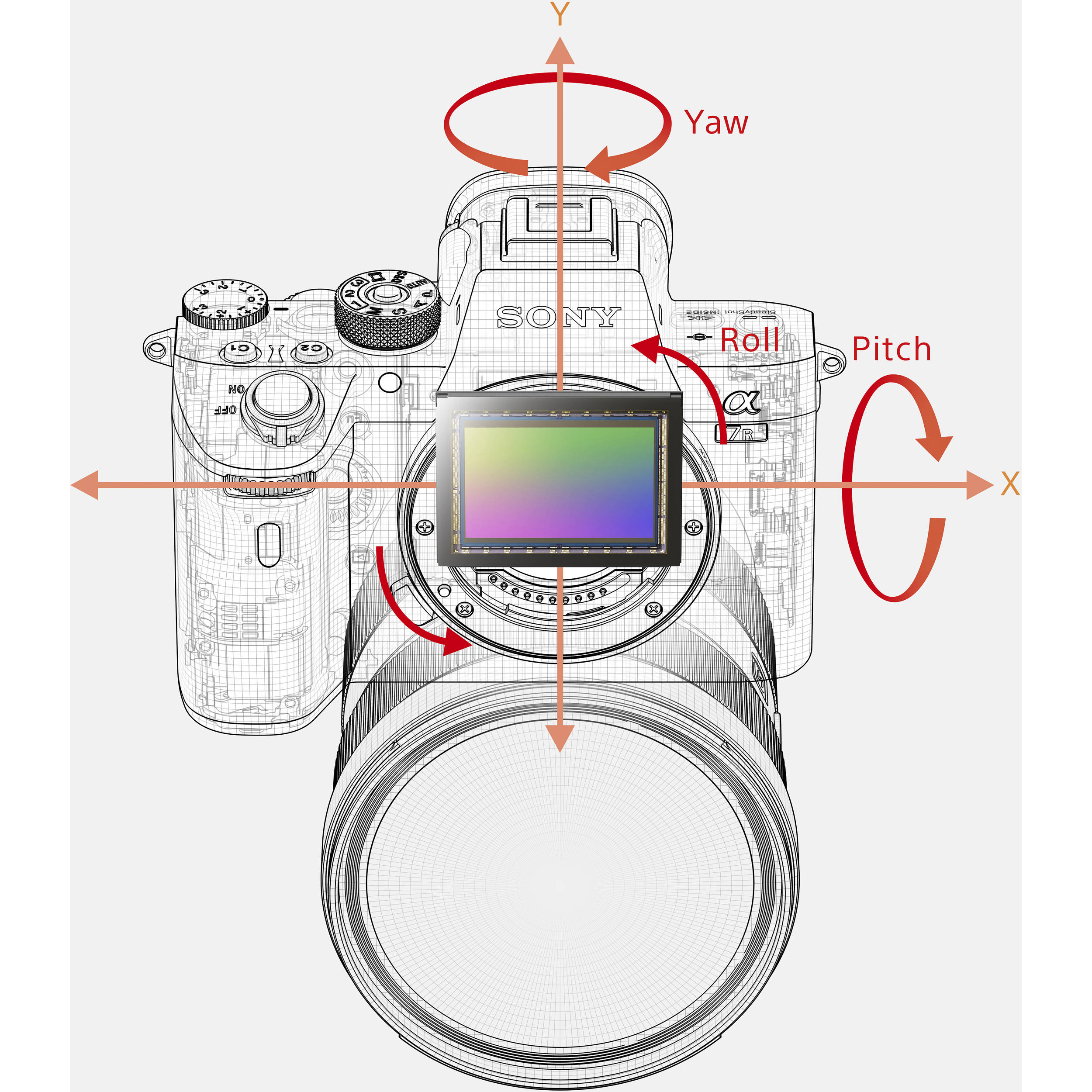
This is important because you have to remember this is a full frame sensor. There’s a lot of data that gets captured with it, every single second, and that data needs to be processed. Camera sensors suffered from something called rolling shutter not so long ago when they recorded video. When Canon first offered 1080p video on its 5D (it was the Mark II), there was pronounced rolling shutter. People called it jellocam and was a lot of discussion online about how to minimize it if you wanted to shoot professional video. You see, the larger the sensor, the more data that needs to be processed when the camera is moving and the more prone the camera is to show the rolling shutter effect. When you stabilize the sensor optically, in-camera, you provide a tremendous amount of help in reducing video shake and rolling shutter from the get-go. You don’t have to fix it so much in post-production.
And there’s another feature that sets it apart: 399 phase-detection AF points covering approx. 68% of image area width and height plus 425 densely positioned contrast-detection AF points, plus something that Sony calls 4D Focus. Compare the sheer number of AF points with the cameras from Nikon and Canon and once again the a7R III stands out.
Another good little thing the Sony a7R III offers (that may be important to some) is a USB 3.1 Gen 1 compatible USB Type-C port. This is good for charging or various accessories that need that sort of connection.
Finally, here’s the deal clincher: I can use my Canon glass on the a7R III! Remember Metabones, the company I mentioned above? They make an adapter that will let me use most of Canon’s EF and EF-S lenses on the Sony camera. It’s called the Canon EF Lens to Sony E Mount T Smart Adapter (Mark V). It supports all of the functions of Canon’s lenses, such as full aperture control, full AF, and IS for both photos and videos (see this for the details).
And if that’s not enough, they also have something called the Canon EF Lens to Sony E Mount T Speed Booster ULTRA 0.71x II (Mark V), which does all of the above, increases the aperture by 1 stop and makes the lens 0.71x wider (see this for the details).
I can buy the Sony a7R III and the Metabones adapter and get right to work using my Canon lenses. I can always buy Sony lenses later.
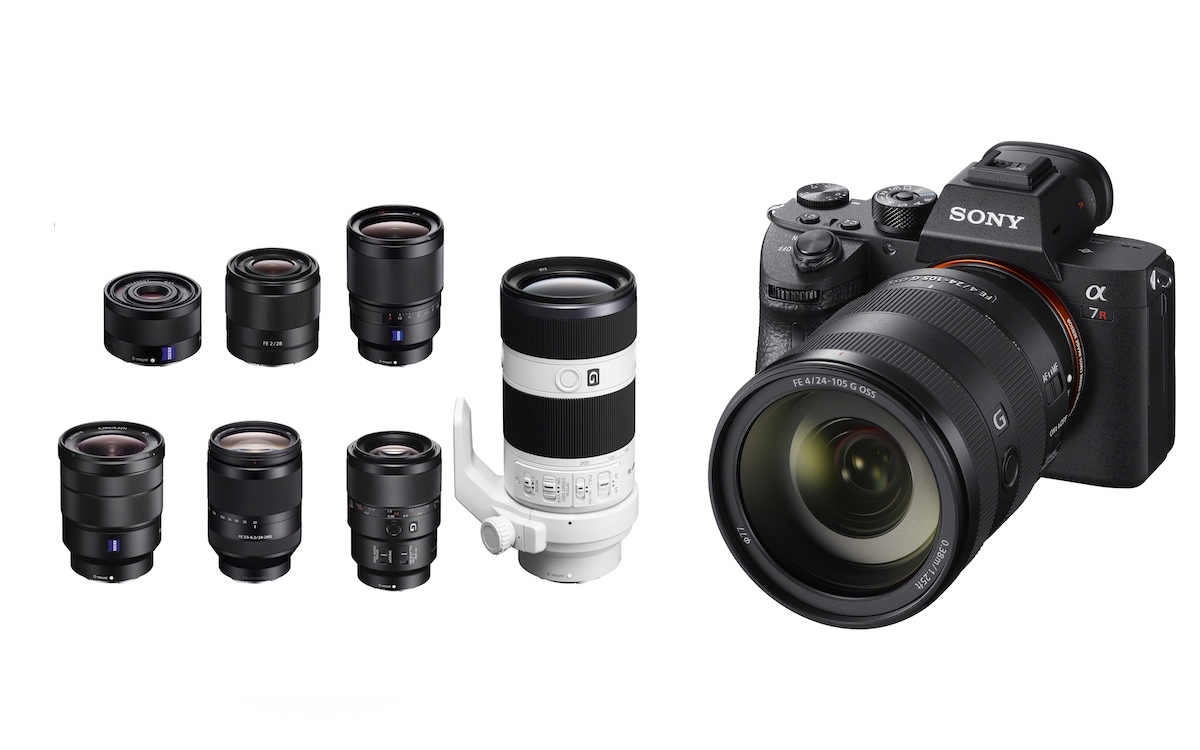
There are things that the a7R III could do better:
- There is no built-in GPS. This is a pet peeve of mine. Tons of cheaper cameras have built-in GPS. Most cameras made nowadays offer it standard, as a matter of fact. It’s an amazingly useful feature. Canon offers it on the 5D Mark IV. Nikon offers it on the D850.
- Another useful feature that’s missing is the built-in intervalometer which lets you shoot timelapses. The 5D Mark IV has it and so does the D850. On the a7R III, you’ll need to purchase an external intervalometer.
- Also, it seems that its video quality could improve (see this post) although from what I’ve seen so far online and I’ve looked plenty, the a7R III video is pretty great, with sharp focus, definition and color, even at long focal lengths. Ideally, it could offer interlaced 10-bit 4:2:2 4K video at 60 fps, although I haven’t seen that feature on the other full frame contenders.
So there you have it, the Sony a7R III may not be the best camera out there, but it’s the best full-frame camera for my stated needs, right now.
There are also some additional things I’d like to submit for your consideration. One is the aesthetic of the mirrorless camera sporting a long, bulky lens. It looks something like this.
Mirrorless cameras have their own aesthetic, which has evolved for particular reasons: they’re smaller, lighter, easier to carry, but those very advantages that make them great for travel or simply great for lugging around also make them look prety funny when they’ve got a big lens attached. Imagine a large, full frame, 400mm or 600mm lens attached to a small mirrorless camera and things get even funnier.
While it was Epson who invented mirrorless cameras when they introduced the RD1 (see this post), it was Olympus who made us go, “Oh yeah, I get it now!” when they started making them. A mirrorless camera with a micro four-thirds (MFT) sensor is a tiny thing that takes tiny lenses: they’re smaller in diameter and thus much lighter and they look in proportion when mounted to those cameras.
Years ago, when I heard that Sony had introduced a mirrorless camera with a full frame sensor, my first reaction was, “Huh?” In my mind, it defeated the purpose of a small, easy to carry camera and lens kit. A full frame sensor requires larger diameter glass and even though the camera is small, the lenses are going to be big. In that sense, the a7R III is a strange animal, sort of like a giraffe with a normal head and neck, but a tiny little body. You’re not really holding onto the camera when you use a bigger lens, you’re holding onto the lens and the camera is just sort of there like a lens attachment. Now, be that as it may, I’m not going to argue with results.
I’d also like to take a step back, put the budgetary concerns aside and talk hypothetically about the ideal equipment for those two stated needs of mine (high resolution and great 4K video), because it’s worth talking about. Clearly, it’d be better to separate the two tasks and then focus on the equipment that does each of those two things best. If I were to have a much larger budget to play with, what would I do?
For photography, I’d separate the cameras even further into studio photography (or let’s call it local photography) and travel photography, particularly hikes through nature, for sheer weight considerations.
For studio or local photography, I’d probably go with the Canon EOS 5DSr or the Nikon D850. The 5DSr offers 50 megapixels of resolution while the D850 offers 46 megapixels. It’s the same ballpark and it is medium-format territory (in terms of resolution). Under controlled lighting situations or on a tripod, where I don’t have to push the ISO range to its limits, I would get crisp and clear high-resolution images (the highest resolutions available from full frame sensors today).
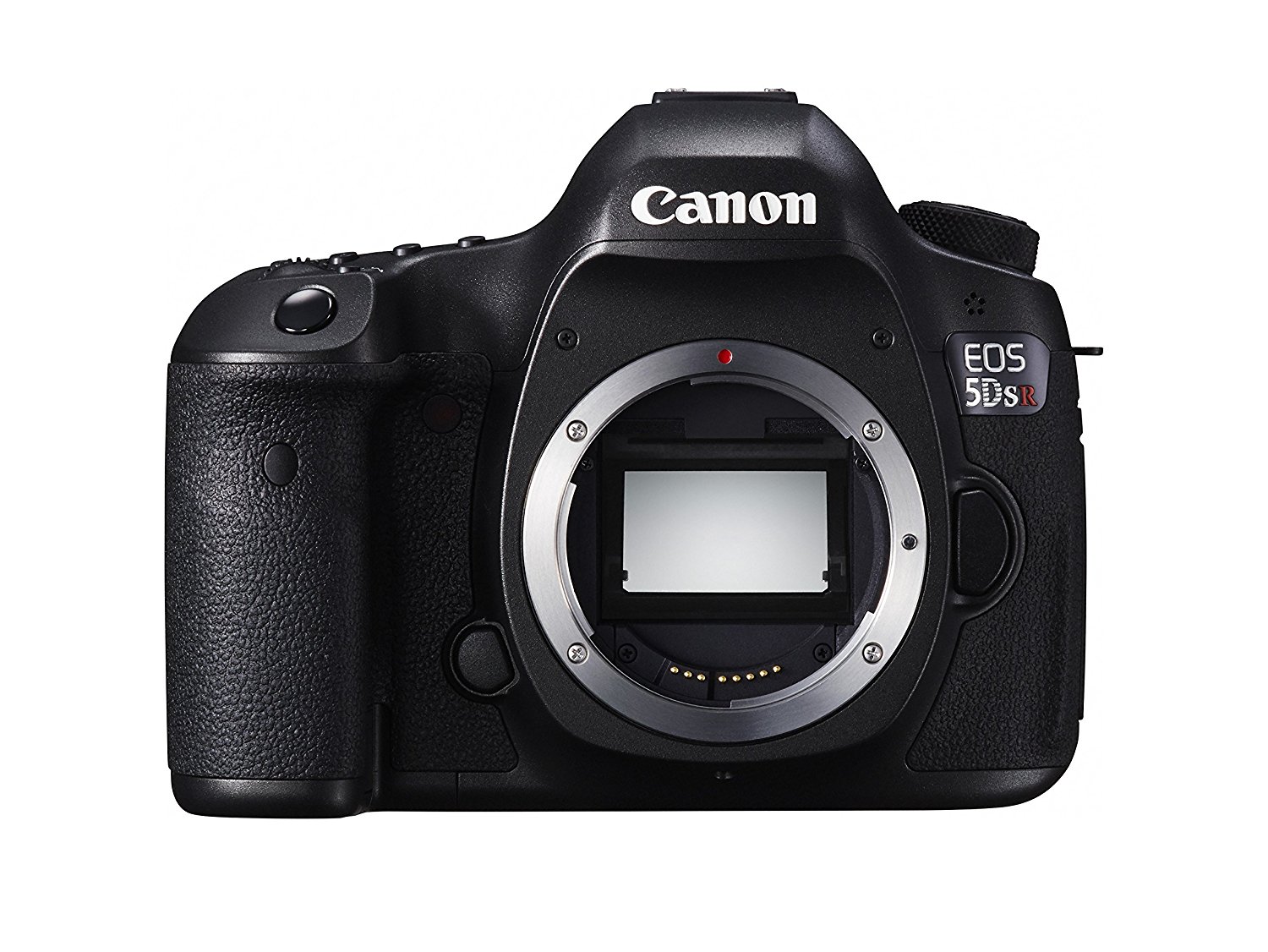
If I did a lot of hiking and travel photography, I’d probably go with the Olympus OM-D E-M1 Mark II or the OM-D E-M5 Mark II. Even though the E-M1’s regular resolution is 20 megapixels, it has a high resolution shot mode where it takes eight consecutive photos while shifting the sensor and stitches them together in camera to give you a 50 megapixel photograph. You’ll have to use a tripod, but this is great for studio, architectural or landscape photography. It’s the same with the E-M5: it offers 16 megapixels but using the same high res shot mode, it can give you a 40 megapixel photograph.
An even lighter alternative is the Olympus OM-D E-M10 Mark III. It offers 16 megapixel photos, it has no high res shot mode but instead gives us the unexpected gift of 4K video at 30p. And it is adorably small. You can’t realize how cute and lovable that little camera is until you see it in person! 😍 Put it together with a few light MFT lenses and you’re good to go just about anywhere! ✈
Now let’s talk about video. I’ll point out a couple of cameras that offer amazing 4K video, and they are (no surprise here) the Panasonic Lumix GH5 and its newer brother the Lumix GH5s, which is better suited for recording video in low light situations.
The differences between the two cameras are eloquently explained in this video put together by the staff at B&H Photo.
Of course, the best video you can get comes from professional video equipment and one company whose products I like is Blackmagic Design. Check them out, you might be pleasantly surprised by their product offering and their prices.
Well, there you have it! I hope this post of mine has been enlightening 😇, I hope I’ve explained my thought process in a way that helped you understand the challenges involved in choosing the best camera suited for the two needs stated at the start and if you liked this, please share it with your friends who are trying to decide what camera to get. Cheers! 👋
